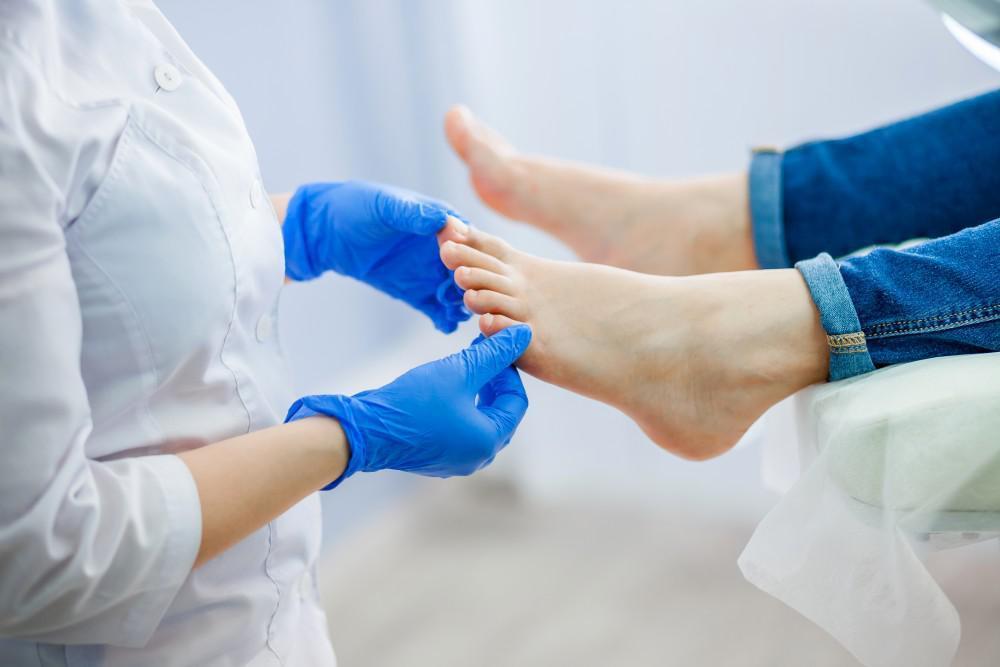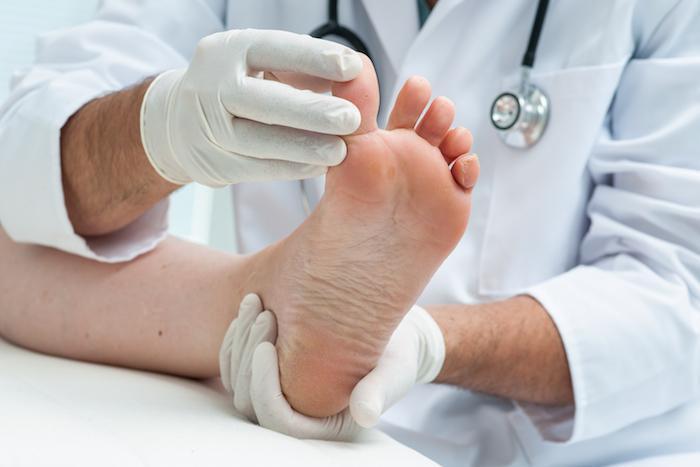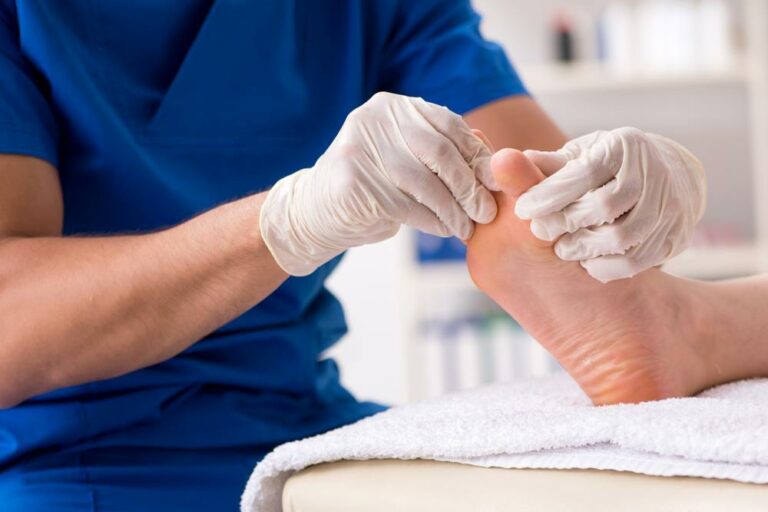Having diabetes increases your risk of developing foot problems, especially infections. While foot infections can have serious complications for a diabetic — including amputation — you can do a lot to prevent them.
The providers at Great Lakes Foot and Ankle Institute, with locations in Michigan and Illinois, are diabetic foot care experts, and they’re ready to help you avoid or eliminate any potential problems.
You may not be in the habit of paying much attention to your feet, but if you have diabetes, developing these five foot care habits can help you protect your feet and catch problems early.
1. Check your feet daily
Get in the habit of checking your feet every day. Wash your feet and inspect them thoroughly, looking for symptoms of anything that might be a sign of a problem, including:
- Redness
- Swelling
- Cuts
- Blisters
- Skin problems
Be sure to dry your feet thoroughly (though gently) as well, especially in between your toes.
2. Wear appropriate-fitting shoes
Everyone should wear appropriate-fitting shoes at all times, but this is especially important when you have diabetes. Going barefoot puts you at greater risk of injuring your feet, which can quickly turn into a dangerous infection.
To get the best fit, shop for shoes at the end of the day, when your feet have swollen and tend to be largest. Your shoes should fit comfortably when you purchase them, rather than needing a breaking-in period. Always wear socks with your shoes.
3. Trim your toenails the right way
It’s important to trim your toenails the right way, especially when you have diabetes. Always trim your nails straight across to avoid the risk of ingrown toenails. Trim your nails to be even with the end of your toes.
Diabetics are at greater risk of developing ingrown toenails, which is when your toenail grows into your skin tissue. If you get an ingrown toenail, you’re also at greater risk of developing a secondary infection.
4. Choose the right socks
In addition to choosing the most appropriate pair of shoes, you also need to pay attention to your socks. The best choice when you have diabetes should be socks made of a soft, breathable material, like cotton.
Avoid socks that are tight or leave impressions on your skin after wearing them. Look for socks that don’t have seams, as the seams can irritate your skin. You want your feet to get adequate circulation.
In addition, make sure to change your socks when your feet get wet or sweaty to avoid the chance of developing a fungal infection.
5. Manage your blood sugar levels
Managing your blood sugar levels is one of the best things you can do to protect your feet when you have diabetes. Getting regular exercise, not smoking, and eating a well-balanced diet in line with diabetes recommendations can prevent many problems with your feet.
Don’t try to take care of common foot problems, such as calluses and corns, by yourself at home. When you have diabetes, you should consider your podiatrist to be a vital member of your health care team.
If you have diabetes, regular appointments with your podiatrist are essential. Our providers at Great Lakes Foot and Ankle Institute want to help, so schedule your appointment today. Contact us by calling our office most convenient to you, or get in touch online.







